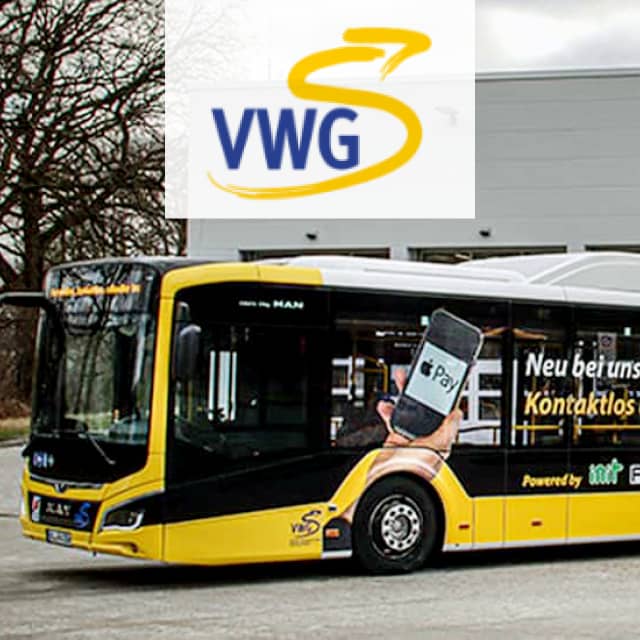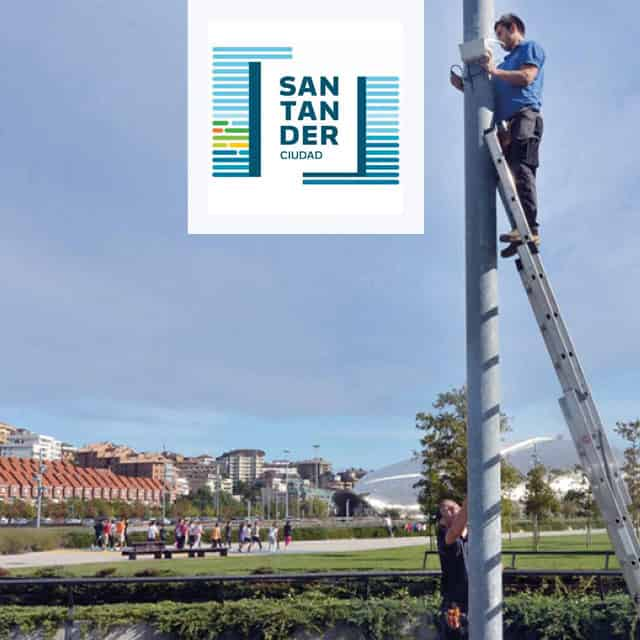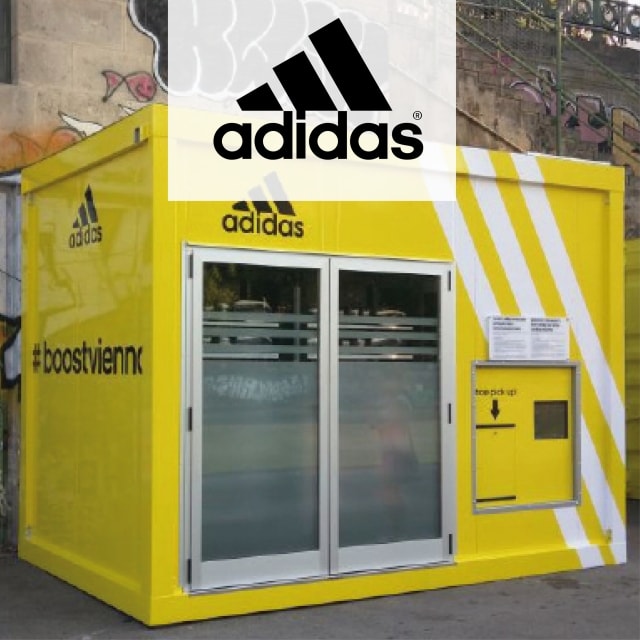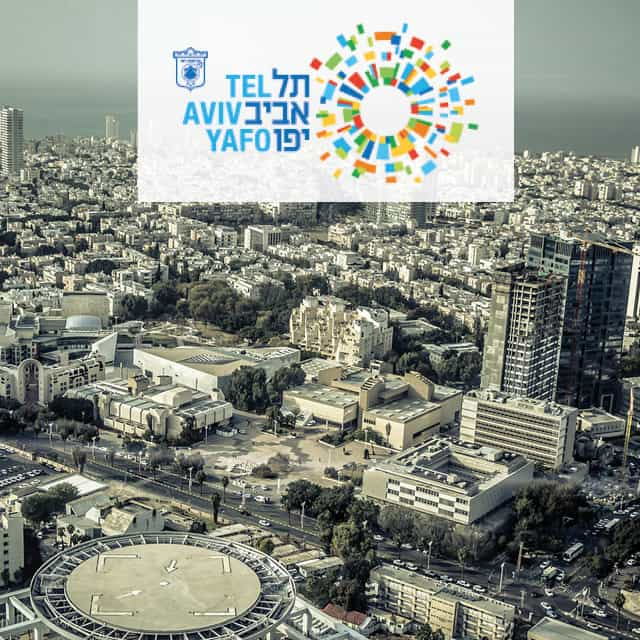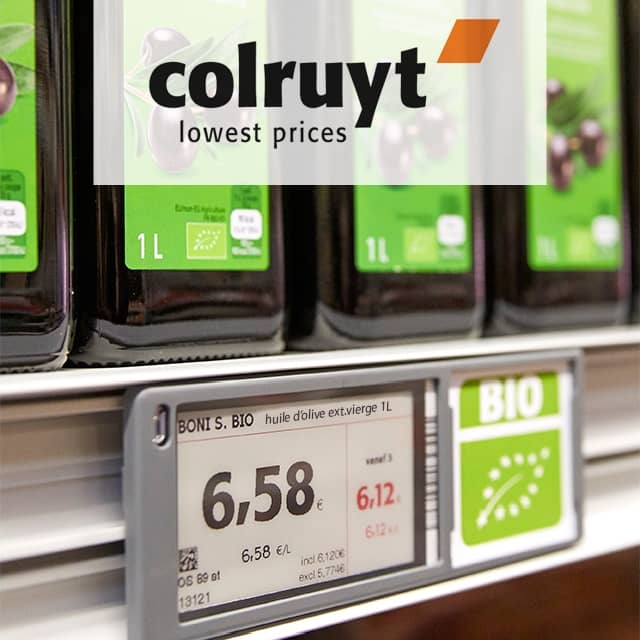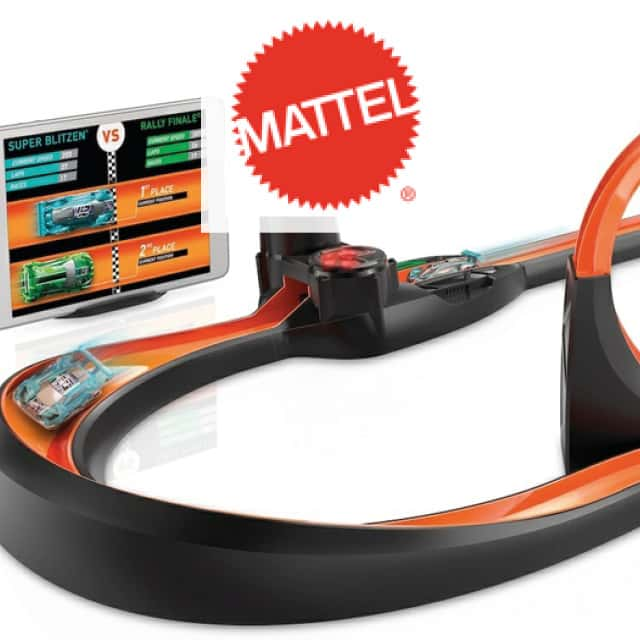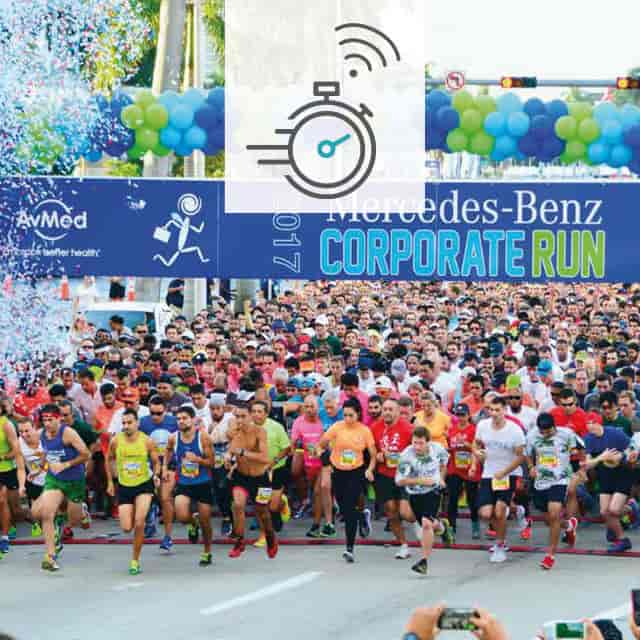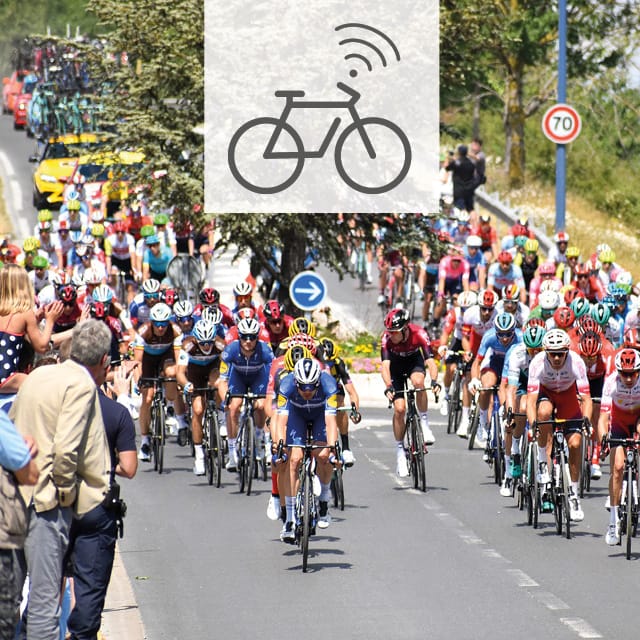
Wireless Data Acquisition in Cycling
At cycling events on a professional or hobby level, as well as in training, data on time and performance contribute to training and competition control.
The data acquisition fulfills the requirements for exact comparability of performances, supports training control, and enhances the spectator experience during live broadcast competitions by providing additional information.
The world's largest cycling event, the Tour de France, attracts up to 60 million viewers – both online and on TV. 1,200 professional cyclists and over 600,000 licensed racing cyclists are organized by the UCI, the world cycling federation. Races in which everyone can participate are attended by up to 40,000 participants. Every year, around 130 million bicycles are sold worldwide – almost twice the number of cars sold (approx. 67 million).
Process Requirements
Requirements for technological solutions for data acquisition pursue parallel objectives. In modern cycling, the exact recording of times during competitions, accurate to a thousandth of a second, is not possible by manual timekeeping. In races that are open to everyone in mass sports, manual timekeeping is impossible due to the large number of participants – up to 25,000 at events such as the Cyclassics in Hamburg. Automatic time recording solutions are required in both areas.
A second area is the recording of individual performance, stress, and travel data. This data is intended to intensify the spectator experience in professional races broadcast live on television. In professional and mass sports, performance data is required for training control and evaluation, as well as for comparability.
Objectives
- Exact timing with resolutions in the range of seconds to thousandths of a second depending on the application
- Acquisition, storage, and transmission of performance, stress, and travel data
Solution
Data acquisition solutions in cycling have different objectives and differ in the accuracy of the resolution.
- Timekeeping: For mass sports events, organizers rely on UHF RFID-based applications. Together with the entry documents, each participant receives a disposable transponder in the form of a UHF RFID label which is attached to a specific place on the bike in accordance with the regulations – for example, on the seat post. In the course of a mass or block start, each participant rolls over a mat in the starting area with integrated UHF RFID antennas. The ID of the label on the bike is recorded and timekeeping starts. In professional sports, thousandths of seconds not only decide on victory or defeat, but also on victory and points in championship races. Timekeeping in professional sports is carried out by means of a high-speed camera of the finish line crossing.
- Performance data: The acquisition of performance data – cadence, watt measurement, heart rate – is accomplished by sensors integrated into the bicycle in the bottom bracket area, inertial sensors to measure acceleration and deceleration, and a sensor belt on the body of the bicycle. In professional competitions, individual bikes are equipped with GSM-based transmission technology. All performance data is transmitted in almost real time from the race track to broadcasting stations and visually integrated into live images. In mass sports, recorded performance data supports training control and comparability on online community platforms.
Hardware & Software
- UHF RFID transponders, antennas, and readers for timekeeping in mass sports
- High-speed cameras for timekeeping in professional sports
- GPS tracker for live tracking
- Sensor technology on the bicycle to record cadence, watt measurement, speed, acceleration and deceleration
- Sensors on the cyclist's body to record heart rate and body temperature
- GSM tracker for live transmission of driving and driver data during the race
- Online portals for storage and visualization of training and performance data
- Machine learning applications for the analysis of data for professionals
Advantages
- Exact and comparable race time recording
- Data basis for analyses and comparison of services and health data
- Targeted and optimized training control
- Exchange of data on routes and services in online communities
- Enhancement of the spectator experience during live broadcasts through real-time travel and rider data
Learn More
Questions? Get in contact with the editorial team!
Technologies
Application Fields





